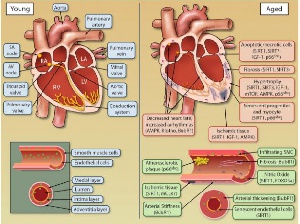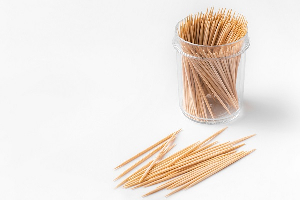17.3 million lives are lost each year to heart diseases and stroke, making it the world’s leading cause of death according to the World Health Organization.
But what do you know about protecting your heart from diseases while you age?
The heart beats at an average of 100,000 times a day. If you live to be 80 years old, your heart beats an average of 3.2 billion times.
‘Lub dup’ or ‘kom kom’ is the rhythmic beat of your heart as it works at keeping blood flowing through the body, bringing oxygen and nutrients to every cell and getting rid of waste and harmful products.
The primary function of the heart is to pump blood through the arteries, capillaries and veins.
The right side of the heart pumps blood to the lungs to receive oxygen and get rid of carbon dioxide whiles the left side pumps oxygen-rich blood to the body.
This pump is located in the middle of the chest region, between the lungs, behind the breast bone or simply put between the breasts. It is shaped like a strawberry fruit or the highly epitomized form of love and it is about the size of two hands of the owner clasped together.
If an imaginary line is drawn through your body to split it in half, the tip of the heart points downwards and is to the left of this midline. This is why we may think of the heart as beating on the left side, because the strongest of heart beat can be felt there.
The heart has its own special muscles- cardiac muscles. These muscles work on their own so we don't have to think about making the heart beat like the way we think of moving our hand.
Ageing itself does not imply an automatic downward turn to getting cardiovascular diseases (diseases that affect the heart and blood vessels) but it induces structural and functional changes that are associated with increased risk of cardiovascular diseases like coronary heart disease, angina, heart attack and stroke.
Some changes that occur with ageing:
The heart enlarges slightly developing thicker walls mainly due to an increase in the size of individual heart muscle cells.
There isn’t much difference in older and younger heart function when one is resting, except the heart rate (the number of heart beats within a specific time) is slightly lower.
However, during exercise, the older heart cannot increase the amount of blood pumped out as much as a younger heart can.
The walls of the arteries and arterioles, blood vessels, become thicker and the space within the arteries expands slightly. Elastic tissue within the walls of the arteries and arterioles is lost. Together, these changes make the vessels stiffer and less resilient.
Dietary changes are beneficial to a healthy heart as you age.
These include:
Controlling your portion size; this is the amount of food you dish onto your plate or bowl. A small bowl or plate will help you dish out smaller quantities of food.
Adding fresh fruits and vegetables to your diet.
Consume more whole grains whiles limiting consummation of refined grains.
Reducing saturated and fats in your diet. Such fat can be found in margarine, butter, nuts, fat on meat etc.
Exercise helps people maintain cardiovascular fitness as well as muscular fitness as they age.
Exercise is beneficial regardless of the age at which it is started. However older people and people diagnosed with certain conditions should consult their health professional before beginning exercises.
Finally, regular checkup of blood pressure, as well as cholesterol levels as we age is necessary for a healthy heart.
Guard your heart with all dilgence to live long.
Health News of Saturday, 1 October 2016
Source: Gifty Ayeh

















